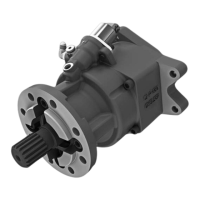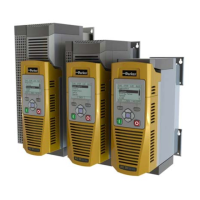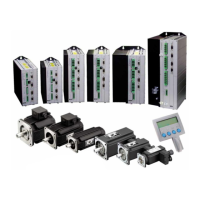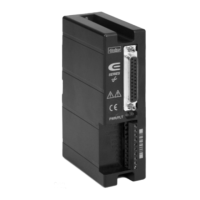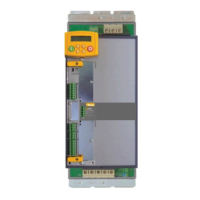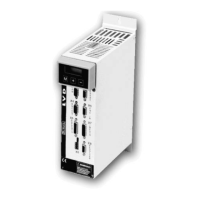4-10 Operating the Drive
DC590+ Series DC Digital Drive
Initial Start-Up Routine
Complete steps 1 to 18, including steps 16 and 17 as appropriate.
NOTE This routine assumes that the Drive’s control terminals are wired as shown in the Minimum Connection Requirements drawings in Chapter 3.
The field is “Enabled” and is in Voltage Control (default settings).
IMPORTANT
Do not change any of the previously made calibration settings once the main contactor is energised.
Step 1: Check the Speed Setpoints operate correctly
ANIN1 (terminal A2) : an additional setpoint
ANIN2 (terminal A3) : an additional setpoint
ANIN3 (terminal A4) : this is the normal speed reference source
Use the Keypad to display the value of the ANIN 3 (A4) (and the additional setpoints if present).
Vary the setpoint potentiometer and observe the input voltage change.
The sum of all the setpoints is given by the value of the SPEED SETPOINT parameter. This is also output at terminal A8.
Step 2: Check the External Current Clamps
Use the Keypad to check the operation of the external current clamp settings (refer to Appendix D: “Programming” -
ANALOG INPUTS for setting details).
• If using a single external clamp (Unipolar), terminal C6 low (0V):
Check that ANIN 5 (A6) is +10V or is adjustable up to +10V Set to +10V
• If using dual external clamps (Bipolar), terminal C6 high (+24V):
Check the ANIN 5 (A6) is at +10V or is adjustable up to +10V Set to +10V
Check that ANIN 4 (A5) is at -10V or is adjustable up to -10V Set to -10V
Setting the current clamps to 10V means that the current demand is controlled by the MAIN CURR. LIMIT parameter for the purposes of this initial
Start routine.
Step 3: Check the Speed Feedback signals
If possible, check the speed feedback by rotating the shaft manually in the forward direction.
• Analog Tachogenerator:
The Analog Tach Input should go positive.
• MICROTACH/Encoder
The ENCODER parameter should give a positive reading.
If there is no feedback signal from the Microtach, verify that both LEDs on the Microtach Option Board are illuminated. If either LED is extinguished,
check that 24V is applied to the Microtach and all ancillary products, and that the fibre optic transmission length is not exceeded.
MMI Menu Ma
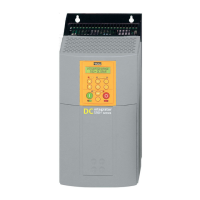
